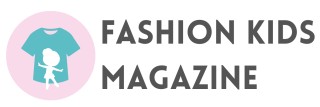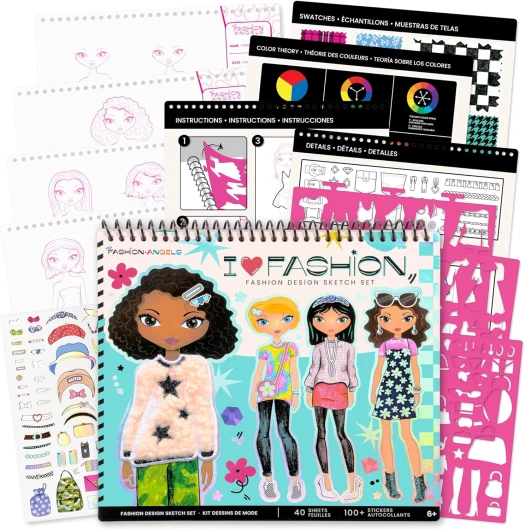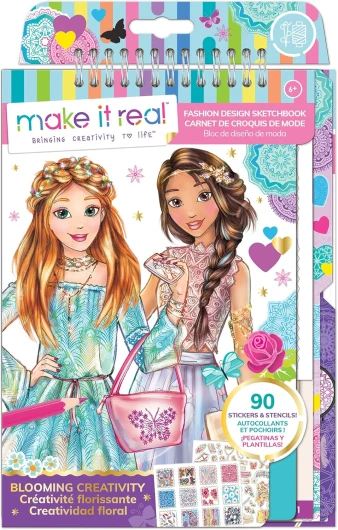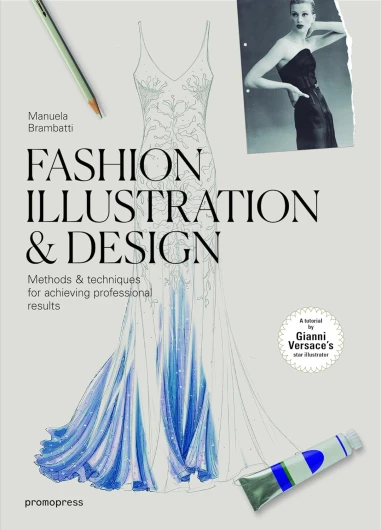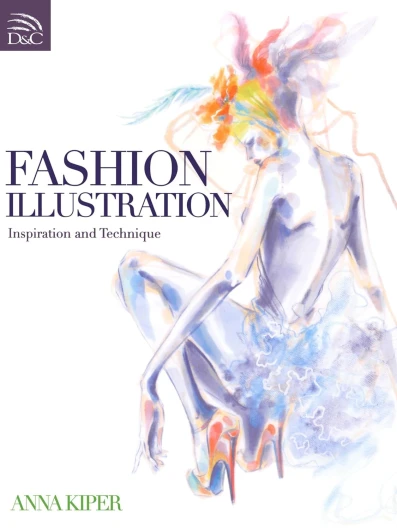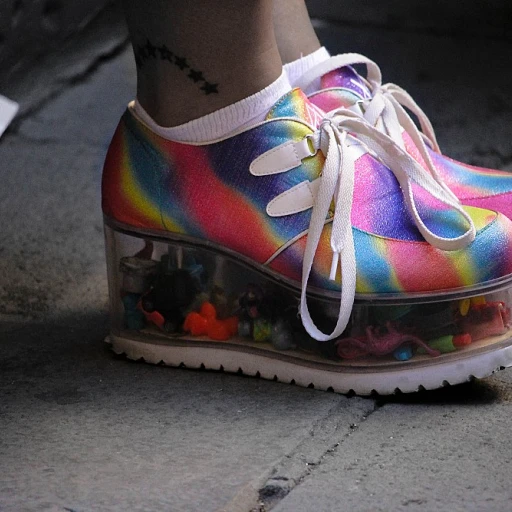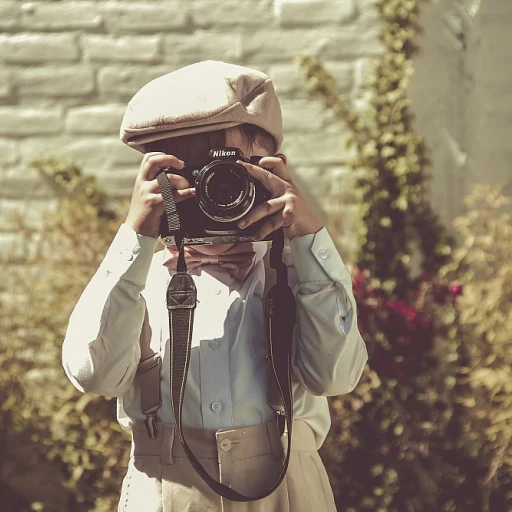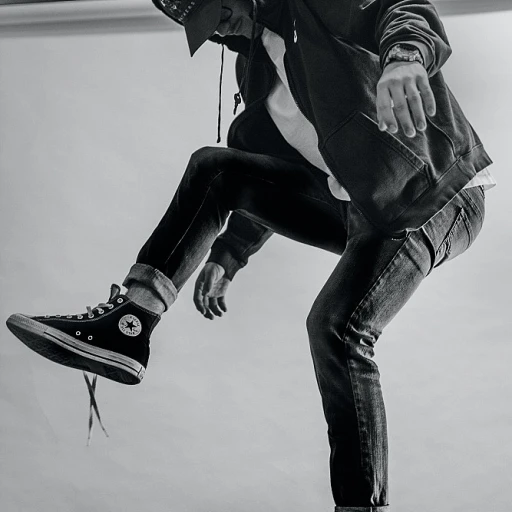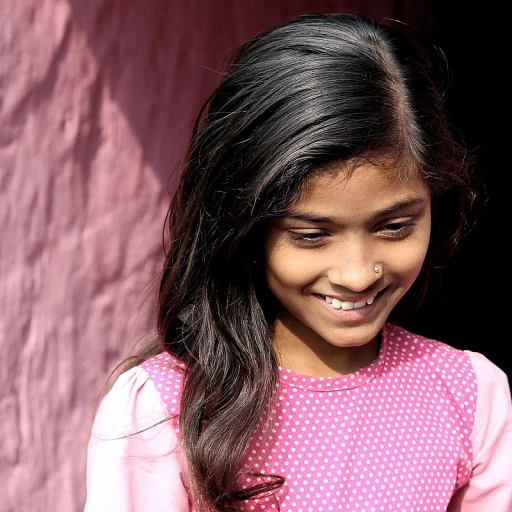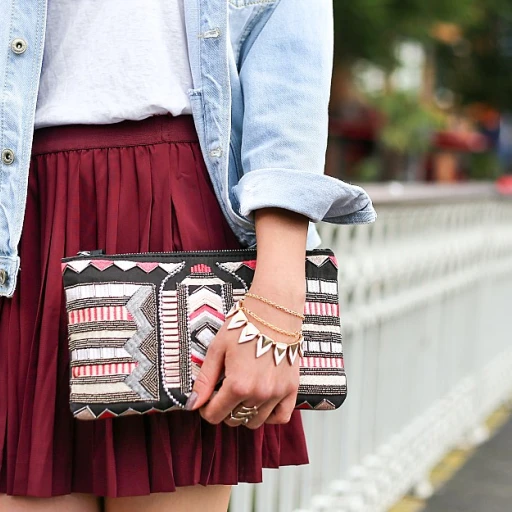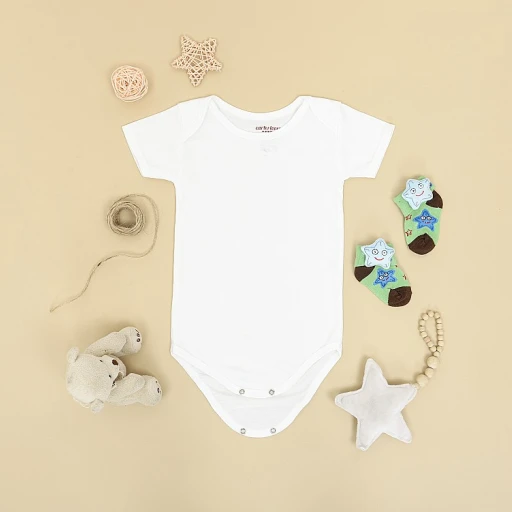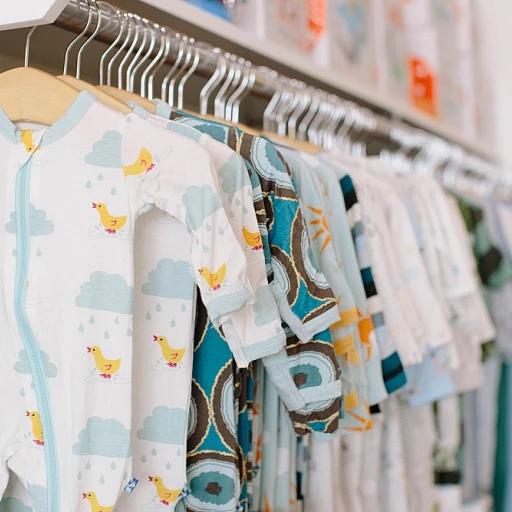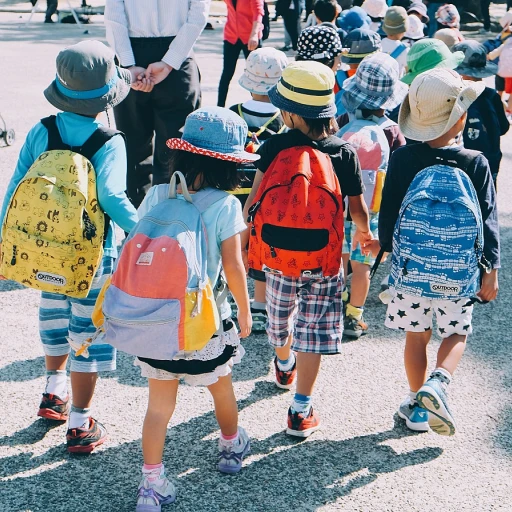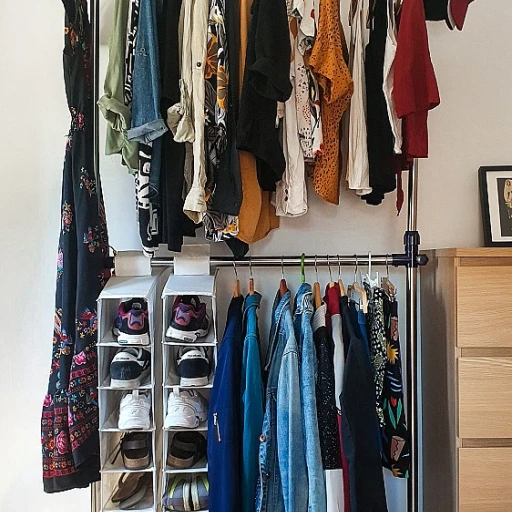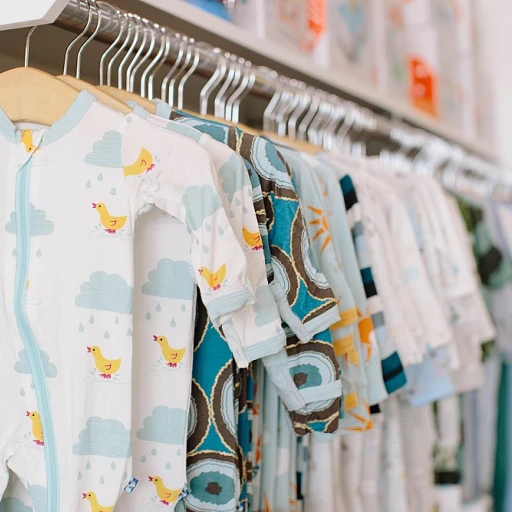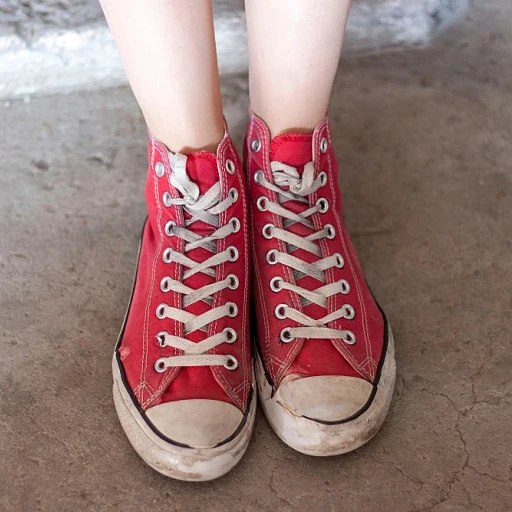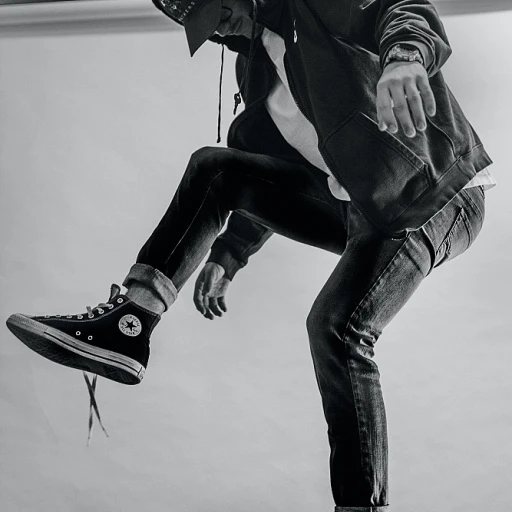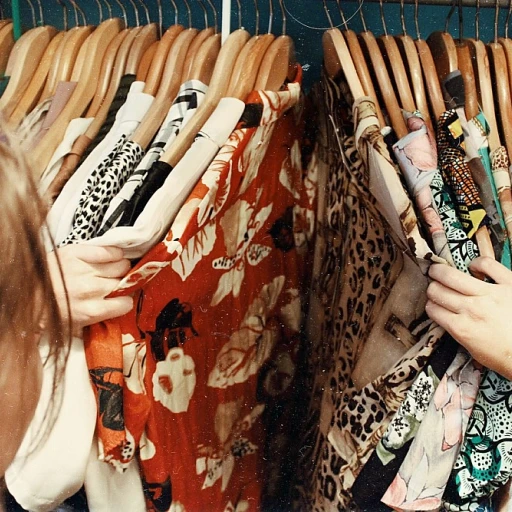
Understanding the Role of Fashion Illustrators
Delving into the Allure of Fashion Illustration in Kids Wear
The world of fashion illustrations holds a special enchantment, especially when geared towards kids wear. Fashion illustrators possess a unique skill that goes beyond mere sketches and color. Their work captures the vibrancy and whimsy of children's fashion, bringing it to life through art. By creating fashion illustrations, these artists bridge the gap between the initial concept and the final couture masterpiece. Fashion illustrations are vital in showcasing the initial ideas for kids' fashion, helping bring clarity to the creative process. These fashion sketches serve as a guide for fashion designers, offering a visual roadmap to the envisioned designs. From playful dresses to intricate haute couture pieces, every fashion design begins its journey from these meticulously crafted drawings. When delving deeper into the world of kids fashion illustration, one can truly appreciate the level of detail and creativity involved. It’s not just about drawing fashion; it’s about expressing emotions and narratives that resonate with young ones' imagination. The style and elegance imbued in each dress or couture piece through the illustrators' creative work are essential to capturing the essence of children's fashion. Fashion illustration remains a celebrated art form within the fashion industry, with its roots steeped in tradition yet embracing modern technology like digital fashion. The work of icons such as Christian Lacroix and Rene Gruau may come to mind, with their ability to transform sketches fashion into iconic images that linger in the minds of fashion enthusiasts and designers alike. It's through this artistry that fashion illustrators continue to shape trends and inspire future generations, as we'll explore further in subsequent sections, looking into the creative processes and the challenges faced in making kids' fashion illustrations truly unique.Unique Challenges in Kids Fashion Illustration
Unique Obstacles in Children's Fashion Illustration
The domain of children's fashion illustration presents a distinct set of challenges that set it apart from adult haute couture and the usual design world. The infusion of whimsy and vibrancy required in fashion illustration for children pushes illustrators to explore art and design with a youthful verve.- Body Proportions: Kids’ fashion illustrators must adapt their drawing techniques, adjusting the proportions and poses to reflect the playful nature of young ones accurately. This involves mastering the art of sketching more rounded figures and expressive, lively sketches.
- Variety in Style and Fashion: In the world of fashion design for children, there's a broader spectrum of styles compared to adult fashion. From casual to formal, and playful to chic, the demand for diverse illustration styles tests illustrators’ versatility.
- Vivid Colors and Patterns: Unlike typical fashion illustrations, those destined for kids’ apparel call for vibrant colors and imaginative patterns. Fashion illustrations for the young dressers often mirror a dynamic spectrum that reflects childhood dreams.
- Age-Appropriate Couture: While adult haute couture designs can lean towards dramatic and avant-garde, children's fashion illustrations must balance creativity with age-appropriateness, ensuring that the garments portrayed are suitable for young wearers.
Trends Shaped by Fashion Illustrators
Shaping Trends in Kids Fashion: A Creative Canvas
In the ever-evolving universe of kids fashion, fashion illustrators hold the paintbrush that colors our understanding of trends. Their work does not merely frame garments; it breathes life into them, telling a story through each thread and stitch. The artistry of these talented individuals significantly impacts the trends we see today. From couture dresses to playful everyday wear, illustrators influence the dynamic nature of kids fashion style through their creative interpretation and depiction.
Fashion illustration captures the essence of a design before it manifests physically, paving the way for designers to bring those sketches to life. The delicate balance between art and practicality turns these illustrations into a crucial groundwork for upcoming trends. Time-honored influences from icons of fashion art, like those seen in the groundbreaking works reflecting digital fashion and the elegance of haute couture, continue to inspire new waves of creativity within the industry.
Indeed, fashion illustrations challenge the boundaries of design, blending traditional techniques with a dash of modern-day digital capabilities. The work of dedicated illustrators showcases elements like fabric texture and color vibrancy through sophisticated drawing and sketching techniques. It emphasizes the interaction between colors, patterns, and forms—transforming simple sketches into masterpieces that will ultimately adorn mini fashion figures.
As these visual storytellers excel in capturing trends through their art, they also play a pivotal role in setting them. Whether through the air of sophistication in the high fashion illustration comparable to pieces by renowned artists or the cheerful vibrancy characteristic of children's wear, these creative minds shape and forecast the direction in which trends move. Thus, the cultural and stylistic threads woven by fashion illustrators resonate beyond the initial sketch, influencing the world of fashion design as a whole.
The Creative Process Behind Kids Fashion Illustrations
Unveiling the Artistic Journey of Creating Kids Fashion Illustrations
Fashion illustrators have a unique and delicate task when it comes to children's couture. This process blends creativity, skill, and a deep understanding of both fashion design and the world of children. Let's delve into the meticulous journey that these artists undertake to bring life to the whimsical world of kids' fashion. Illustrators start by immersing themselves in the vibrant realm of imagination that characterizes children's fashion. It's here that art and whimsy meet technique and style. They sketch out initial concepts, often inspired by playful themes or influenced by current trends. The illustrations might be done using traditional tools like pencils and watercolors or through digital fashion platforms, each bringing its own flair to the drawing. The work of an illustrator during this stage is a balance between creativity and practicality. They must envision designs that delight yet remain wearable for young ones. Fashion figures drawn must convey emotion and movement, essential in capturing the essence of a child's playful spirit. The evolution from rough sketches to final art pieces is intricate. It involves numerous iterations, where illustrators refine fashion sketches, ensuring every line and color choice aligns with the intended mood. This phase is highly collaborative, as illustrators often work alongside fashion designers to final their creations. Christian Lacroix's haute couture style or Rene Gruau's bold lines may influence illustrators in their creative process, instilling a sense of elegance and sophistication in the illustrations. Digital platforms have further expanded these possibilities, allowing artists to experiment with new techniques and styles not achievable on paper. Finally, the finished fashion illustrations serve as more than mere design tools. They are expressive artworks that convey the imaginative world of children’s couture, reflecting the illustrator's personal style while capturing the essence of childhood dreams. Whether for high fashion or everyday wear, these illustrations ignite inspiration and set new trends in the industry, showcasing the artistry and dedication behind every piece.Spotlight on Notable Fashion Illustrators
Renowned Artists of Kids Fashion Illustration
The landscape of kids fashion is enriched by the remarkable contributions of fashion illustrators who bring unique creativity and flair to their work. These illustrators transform the intricacies of fashion design into enchanting visuals that capture the imagination of children and adults alike. Fashion illustrators dedicated to children's couture employ a blend of traditional and digital techniques, mastering the art of sketch and form. Their drawings often reflect a playful exuberance akin to childhood itself. Through their sketches, they possess the ability to present haute couture in a whimsical yet sophisticated manner. Consider the works of illustrators who have crafted exquisite kids fashion illustrations. Their art, whether through pencil sketches or digital renderings, conveys a spectrum of styles ranging from classical to avant-garde. These creators shape industry trends, infusing life into emerging collections and redefining how children’s fashion is perceived. The role of these illustrators extends beyond mere aesthetics. They illustrate the fantasies and stories embedded within each piece of fashion design, transforming them into accessible art. Compelling fashion illustrations can capture a moment in fashion time, serving as both inspiration and aspiration for budding fashion designers. Fashion illustrators in this niche play a pivotal role in amplifying the work of fashion designers, such as those in the renown of Christian Lacroix. By showcasing the versatility and potential of children's fashion, they contribute to a dynamic narrative where creativity is limitless and expressive design is celebrated across platforms. As they bridge the gap between vision and reality, they solidify their influence as architects of style in the modern fashion industry.Inspiring the Next Generation of Fashion Enthusiasts
Igniting a Passion for the Fashion Industry
Inspiring young minds in the fashion sector is an exhilarating journey. Encouraging a love for fashion illustration and design in children can be achieved through creative exposure and engaging activities. When children observe the work of established fashion illustrators and designers, they begin to appreciate the intricacy of art, from drawing vivid sketches to detailing haute couture dresses. The vibrant world of fashion, with its diverse styles and influences, captivates the imagination, drawing children into a tapestry of colors, themes, and textures.
Nurturing Creative Expression
Introducing kids to the awe-inspiring journey of fashion illustration piques curiosity. Providing them with tools like sketchbooks and colored pencils or even digital platforms for fashion design can spark creativity and innovation. These hands-on experiences allow children to trial their own couture ideas, translating imaginative visions into sketches. Kids gain confidence as they practice, understanding that every celebrated fashion designer once began their journey as a curious artist, much like them.
Interaction with Fashion Art
Real-world connections also play a significant motivational role. Taking children to museums hosting fashion art exhibitions or fashion shows can deepen their interest. Witnessing live fashion sketches or illustrations in digital fashion features fosters a real understanding of the effect art has in the fashion industry. Experiences like these embed seeds of inspiration, lighting the path toward potential careers in fashion design or illustration.
Role Models and Mentors
Renowned names in the fashion illustration realm, such as those revolutionizing haute couture design, set examples for aspiring young fashion enthusiasts. Examining the works of art by influential fashion figures and their sketches, like the notable contributions of past masters, instills respect for the dedication involved. Influential fashion sketches by artists like Christian Lacroix or Rene Gruau enrich their understanding of how illustrations can define entire eras within the industry.
Embarking on Their Own Fashion Journey
When children are inspired by the brilliance of seasoned fashion illustrators, they find encouragement to explore their paths in the design fashion landscape. Offering workshops and classes geared towards developing fashion drawing skills further equips them with the ability to think creatively and innovate. Bridging the gap between budding interest and professional skill sets ensures that the next generation of fashion designers and illustrators will be well-prepared to continue reshaping fashion’s artistry.
